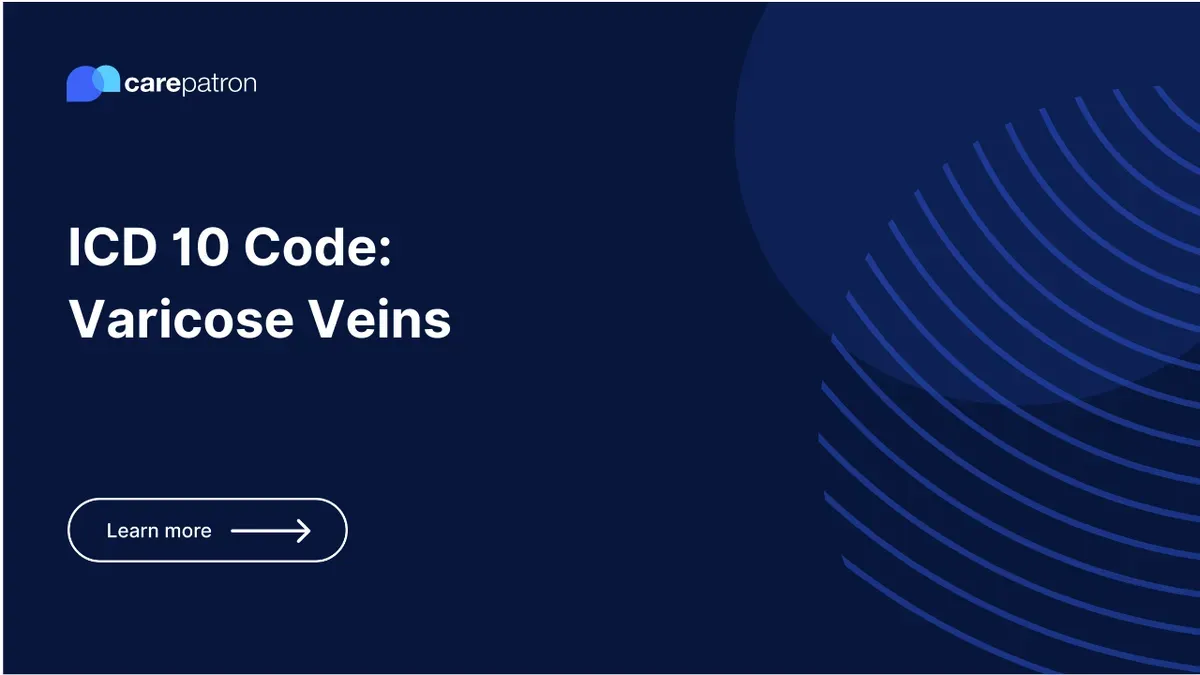
Varicose Veins ICD-10-CM Codes
Explore the complete guide on Varicose Veins ICD codes for 2023—detailed insights into most used codes, billability, clinical info, synonyms, and unique FAQs.
Use Code
Commonly asked questions
Varicose veins are usually harmless but can sometimes lead to complications such as ulcers, bleeding, or blood clots.
While you cannot always prevent varicose veins, regular exercise, maintaining a healthy weight, and avoiding prolonged standing can help reduce your risk.
Yes, non-surgical treatments such as lifestyle changes, compression stockings, or procedures like sclerotherapy and laser therapy can be effective for varicose veins.
EHR and practice management software
Get started for free
*No credit card required
Free
$0/usd
Unlimited clients
Telehealth
1GB of storage
Client portal text
Automated billing and online payments
